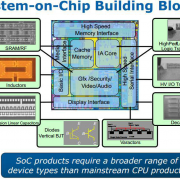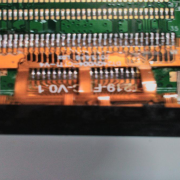The Future of PCB Design
The 21st century is the age of fast em-merging Technologies, and innovations and electronics Industries is at the core of this. With changes in Technologies, the field of PCB design and manufacturing is also changing very rapidly. Technicians and engineers all around the globe are adopting innovations in this field.Let's take a look at the innovations which are either currently affecting this technology or going to change this field very deeply.
Wearable Technologies
This Technology has made a great impact on the health care electronics industry. This technique mostly uses fixable, rigid and semi-flex PCB also the PCBs are mostly very highly compact with very high density of components.There are new specialized materials like conductive fabric are available for Wearable Technologies.
Conductive Ink
This type of ink is mostly made from graphite or other conductive materials. These inks are now available in the form of pen's and other writing equipment which can be used to draw any electronic circuit on paper or any other non-conducting materials.
This ink conducts current through it with low resistance, so this type of pen or other devices can be used to draw wires on any non-conducting surfaces to form a connection between electronic components and form a circuit.
SOC System On Chip
This technology integrates different type of circuits in on a single chip specialized Integrated circuit with various functions on a single Silicon wafer is this single chip IC. This IC can contain a different type of circuits like digital circuits analog circuits radio-frequency circuits and mixed signal circuits.
These chips are designed for specific applications. This is being used to reduce the size of the electronic circuit on PCB to a great extent. Using this technology one can design complicated systems on tiny PCB surface

Flexible and Rigid Flex PCB Design
In recent years flexible design PCB design technology has allowed designers to make devices smaller denser faster and cheaper. Flexible foils of polymer and liquid crystal polymer of thickness 50 micrometer are the materials that are used to make flexible PCBs. This material can withstand high temperature and can be used with copper cladding to make flexible circuit boards.

Post Your Ad Here
Comments